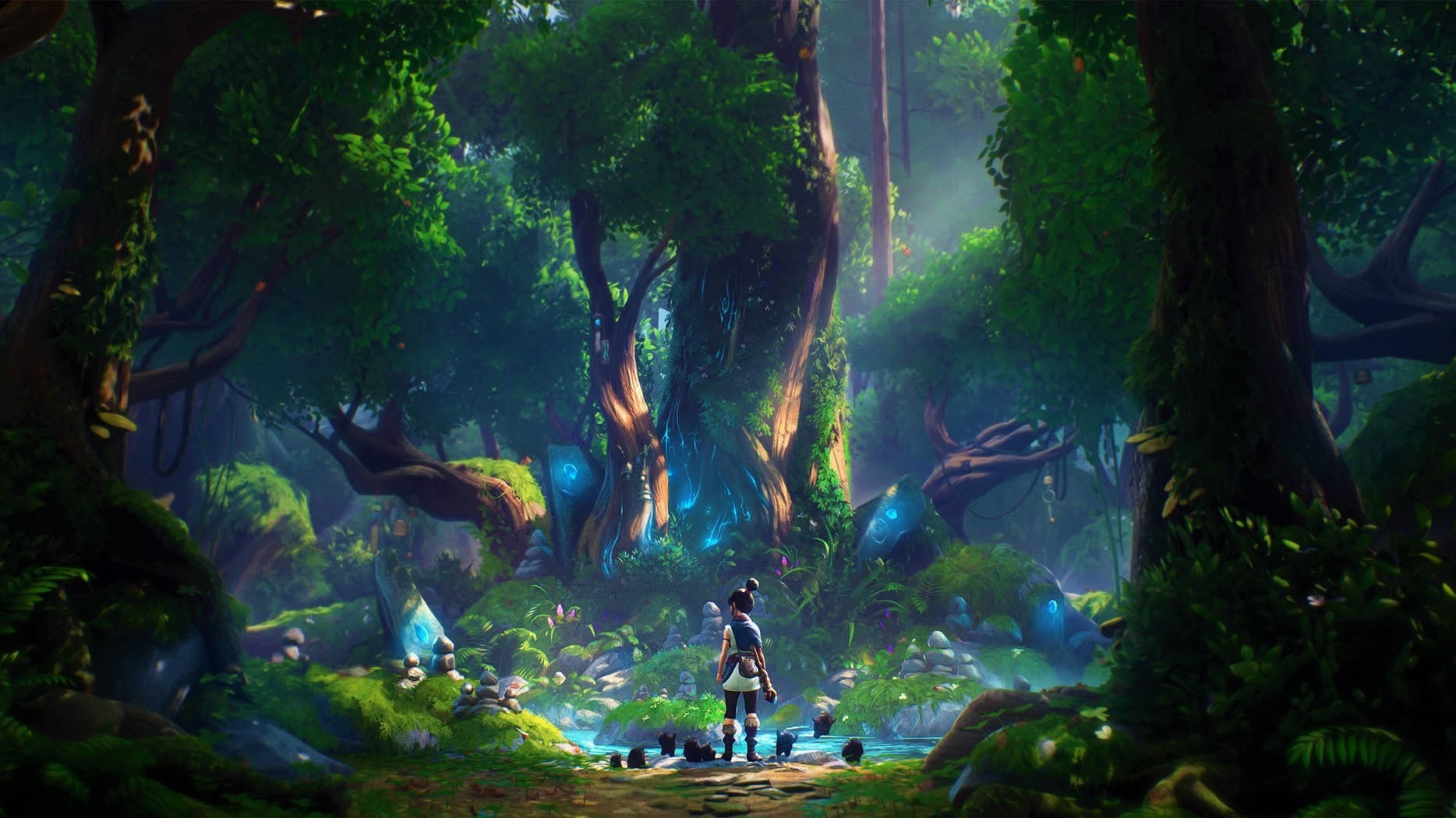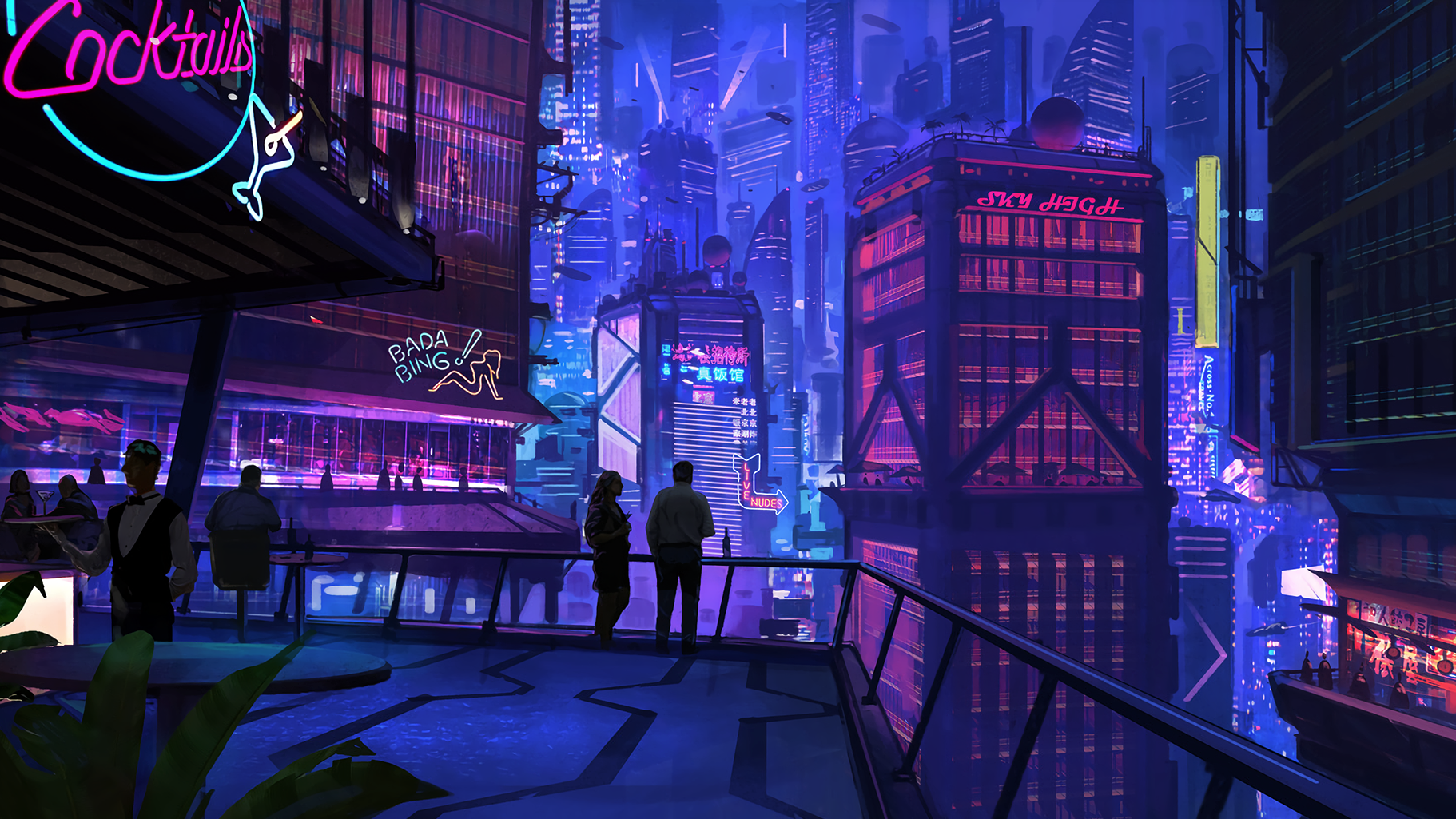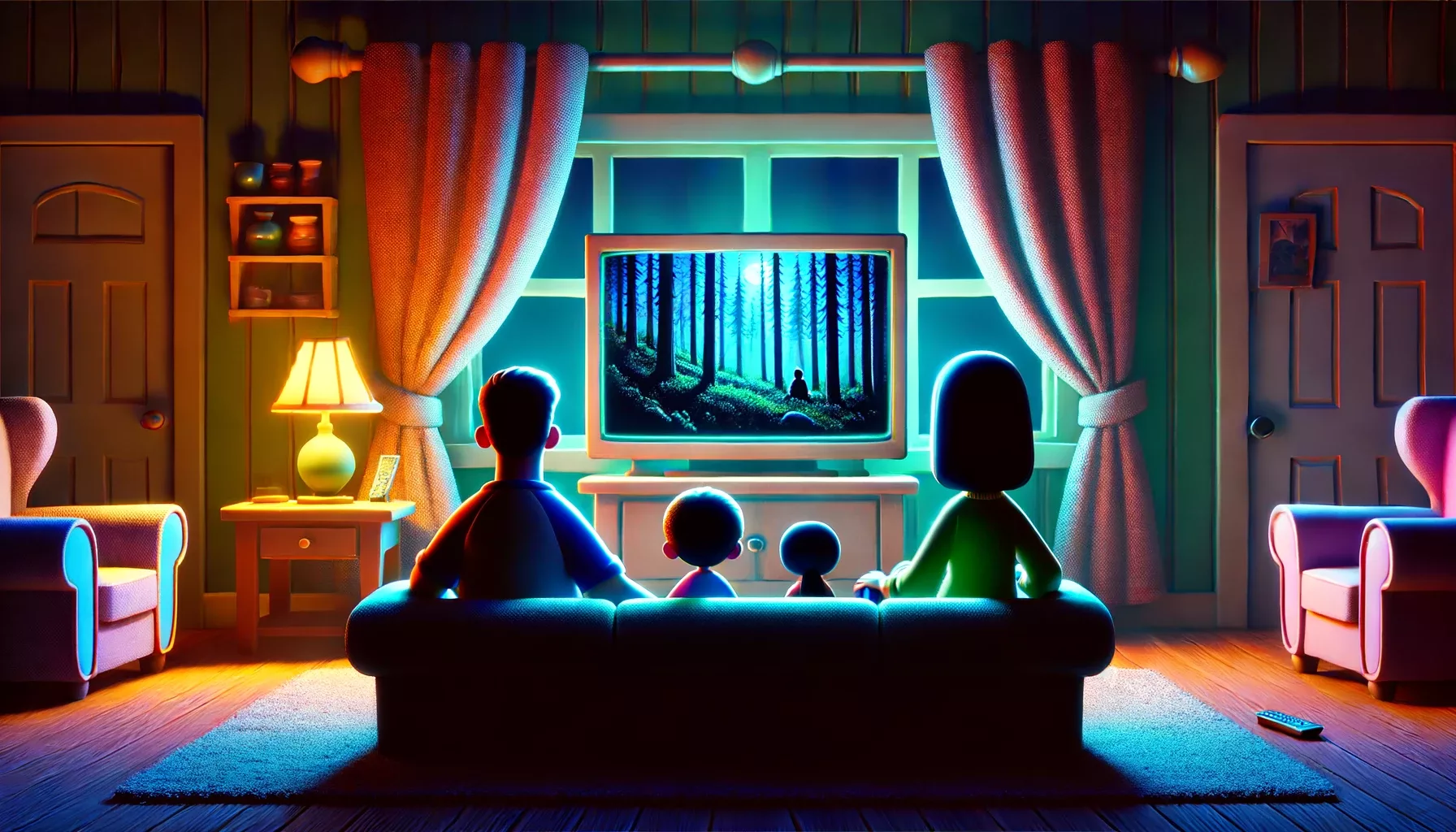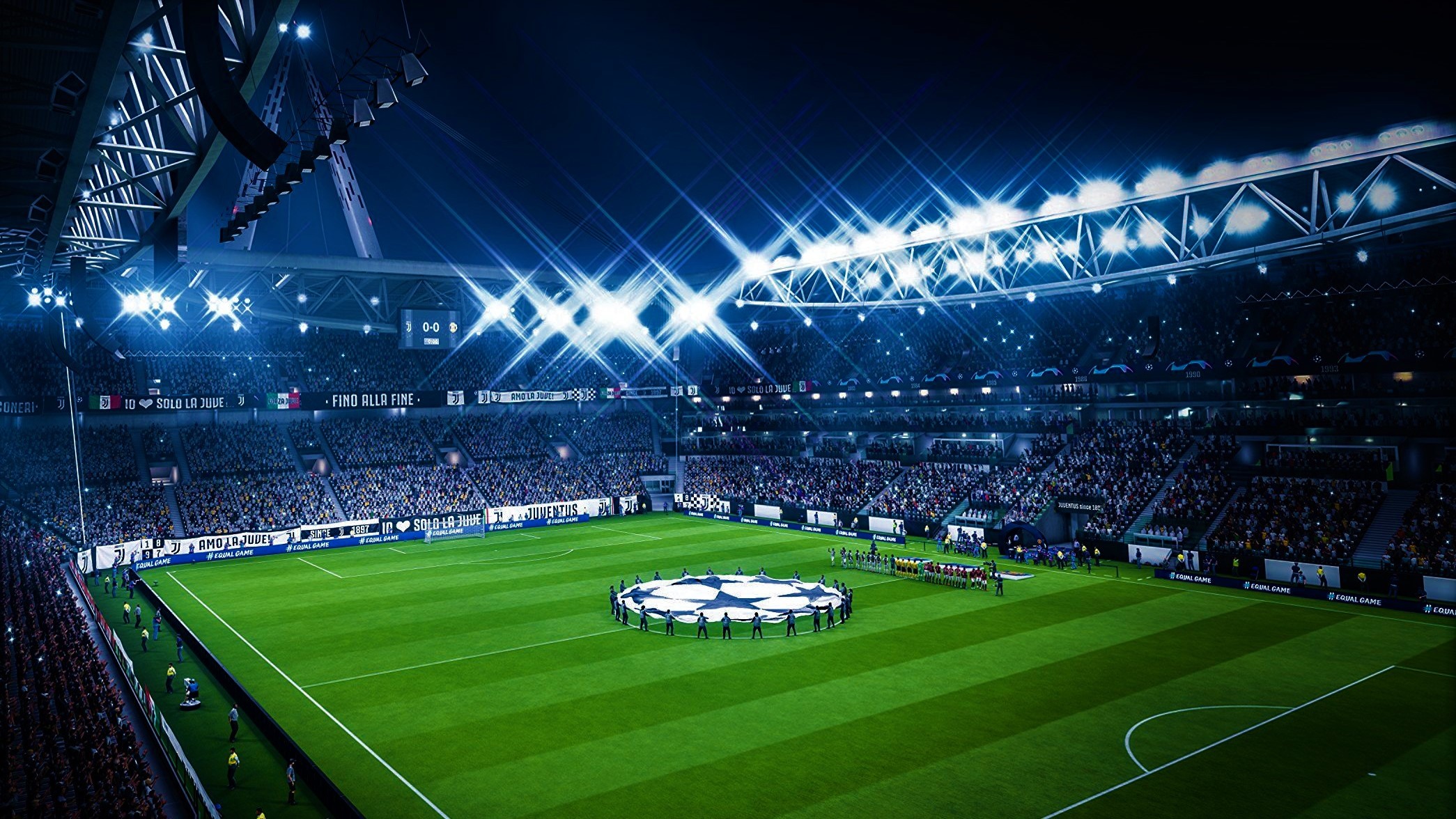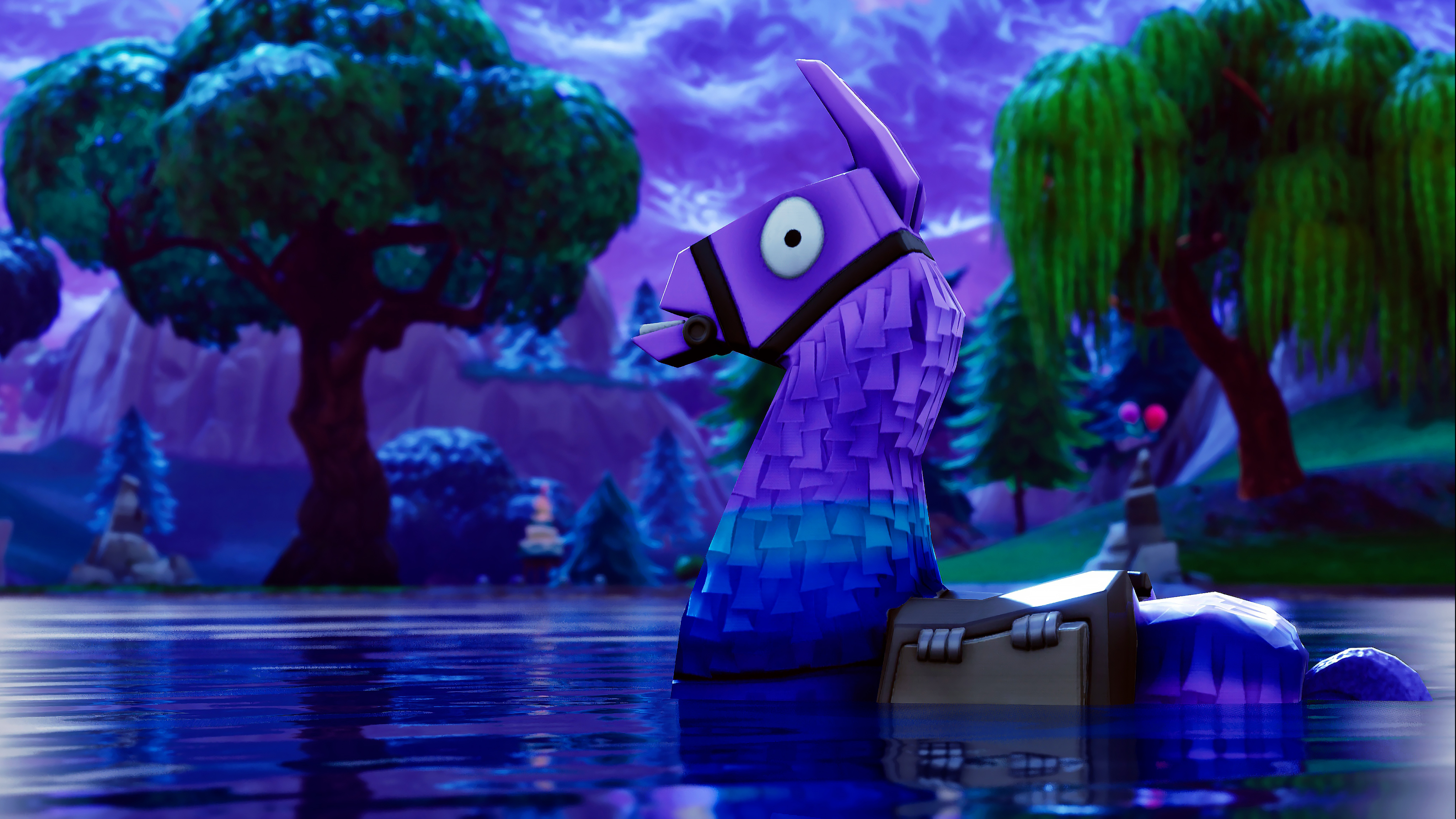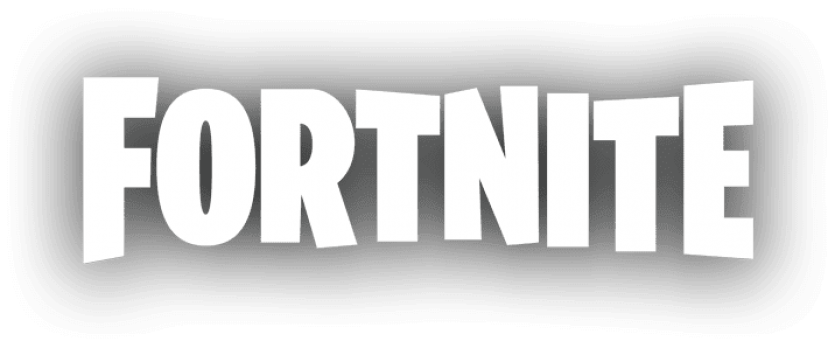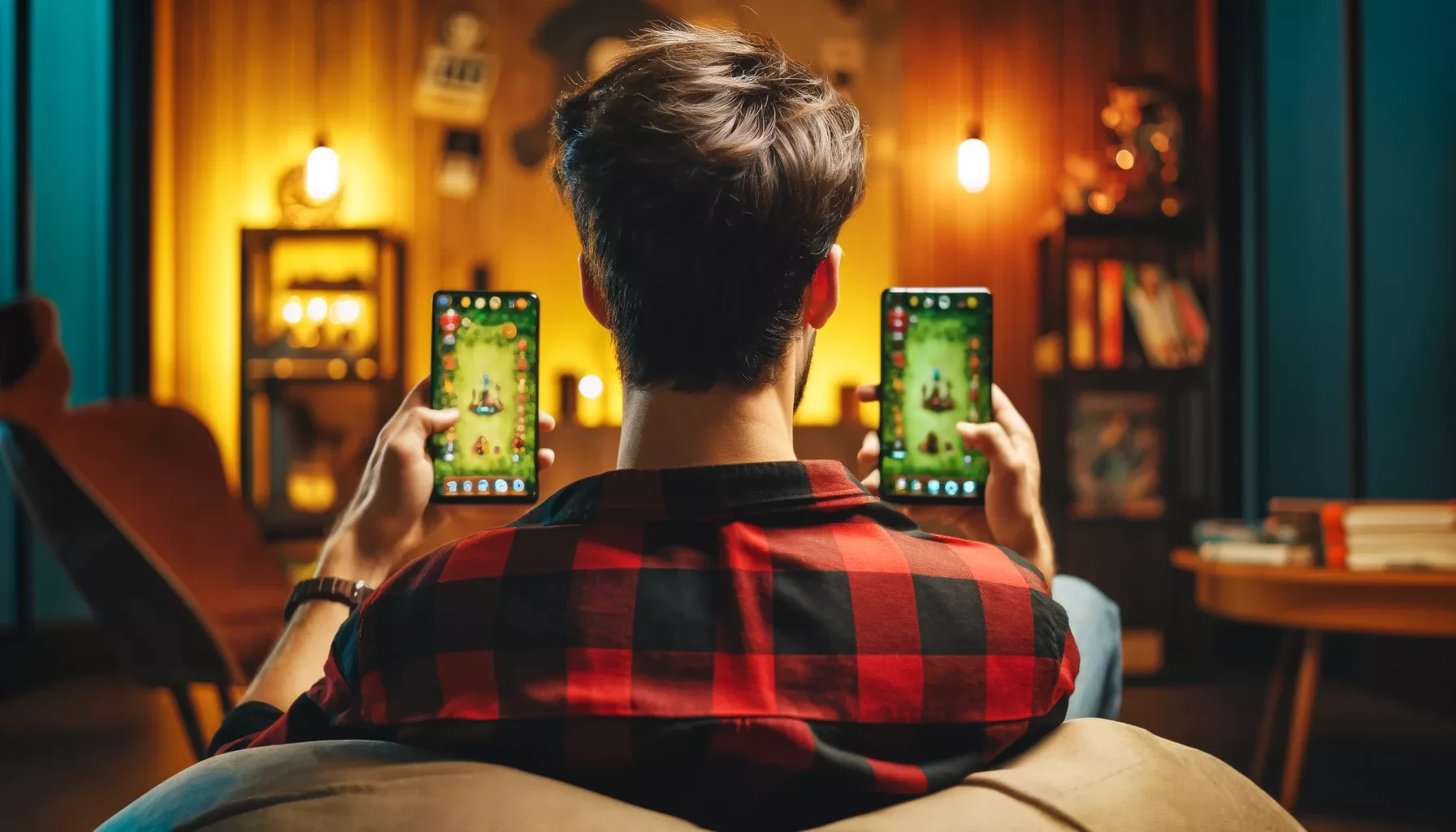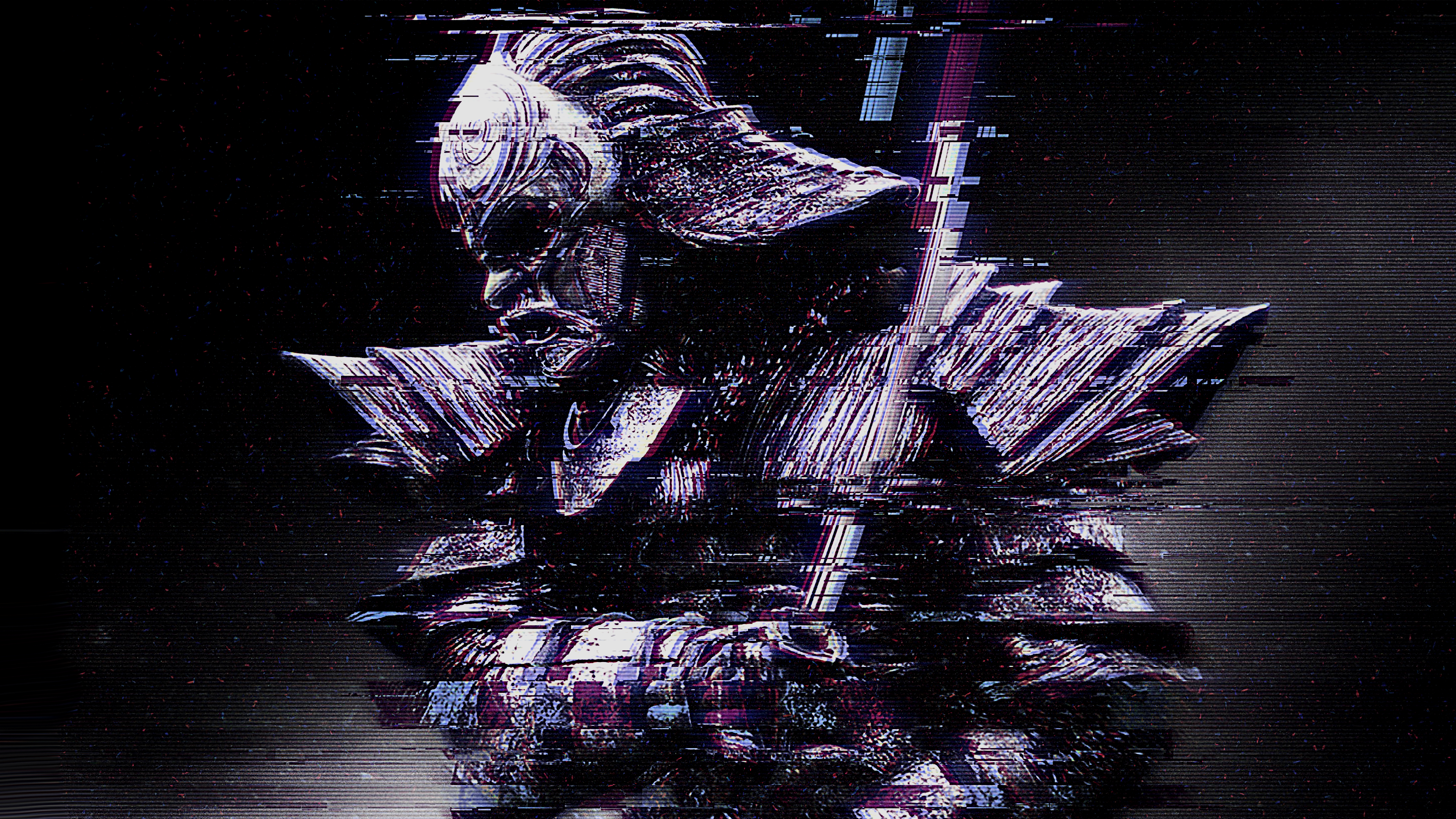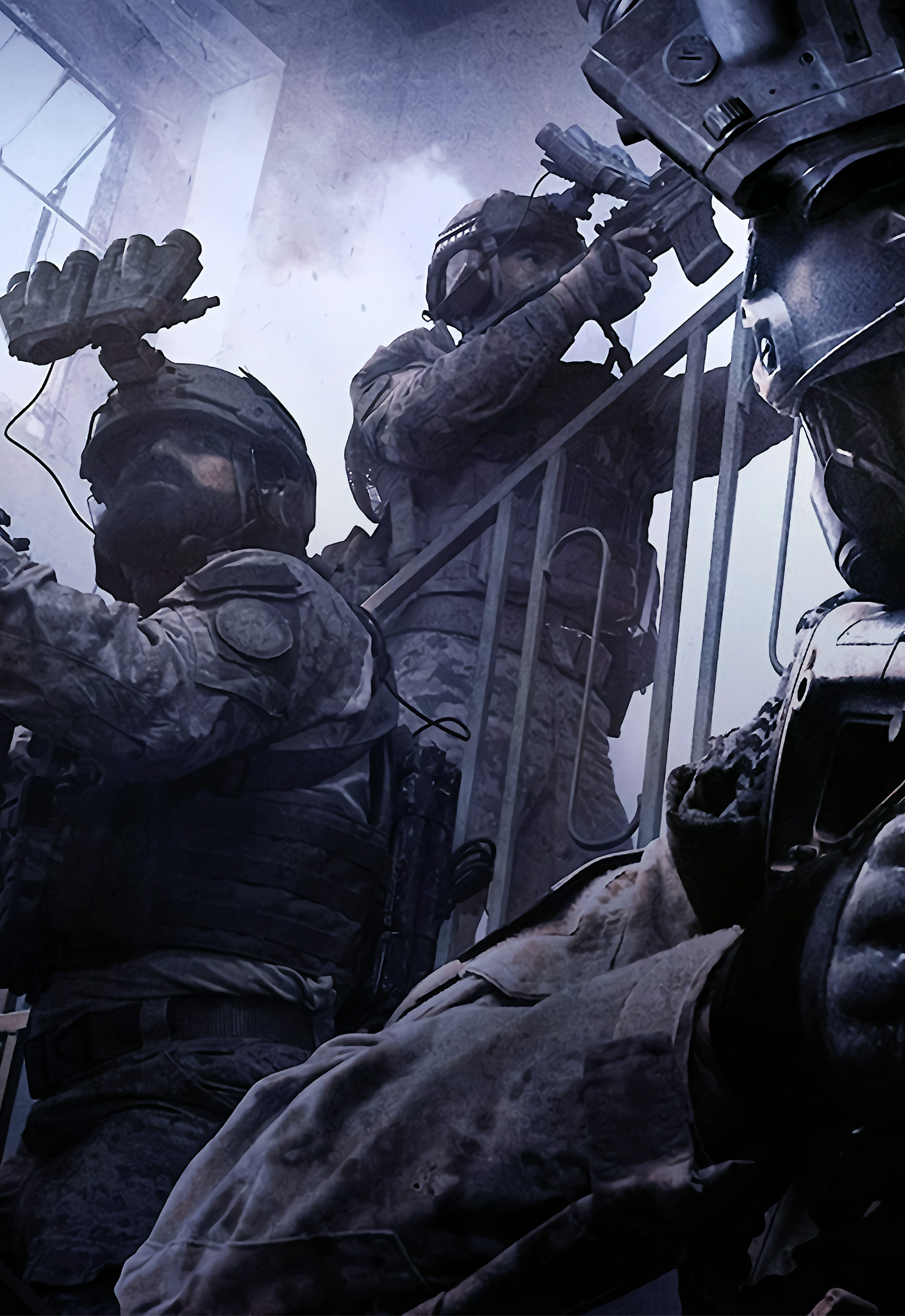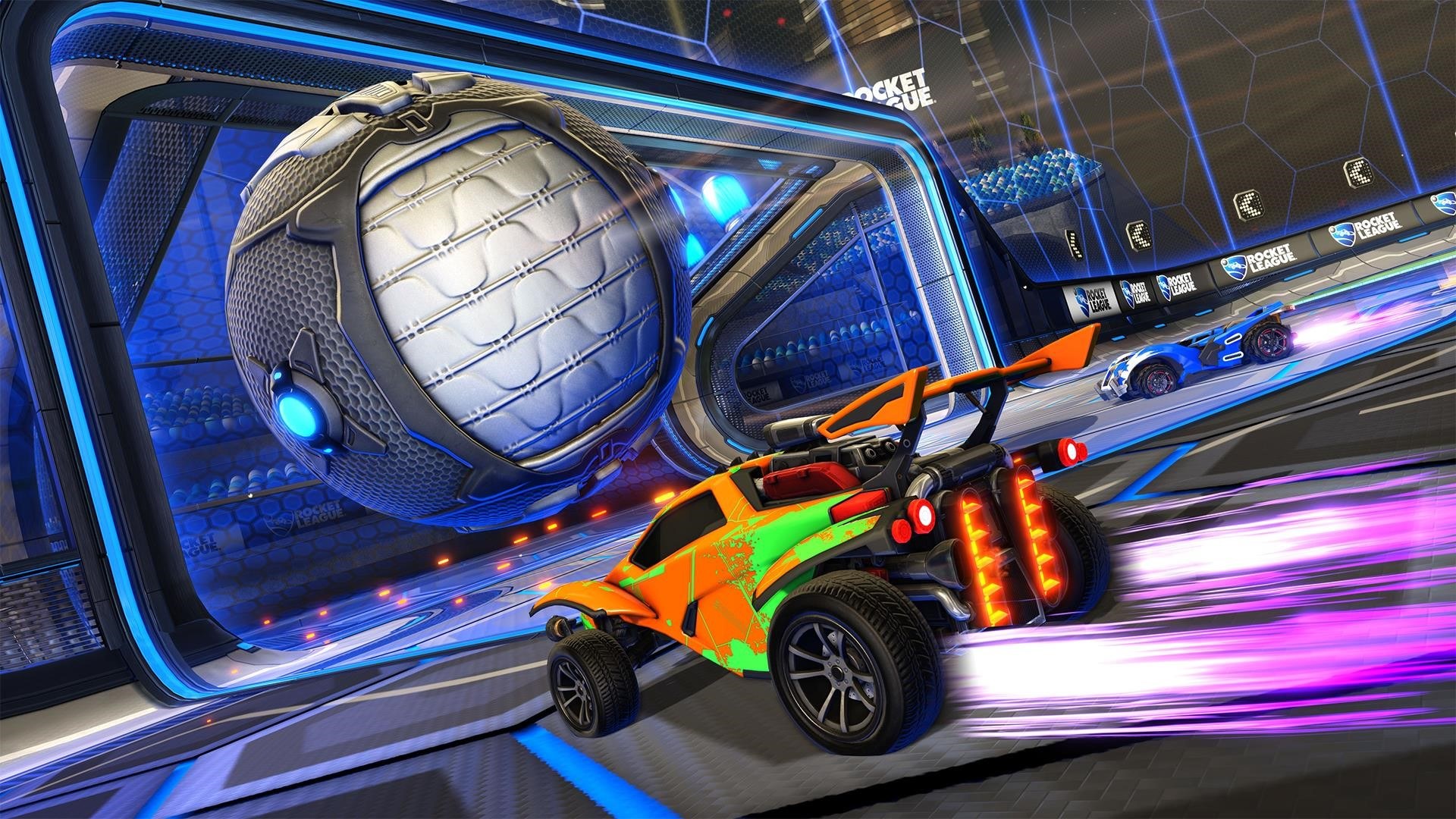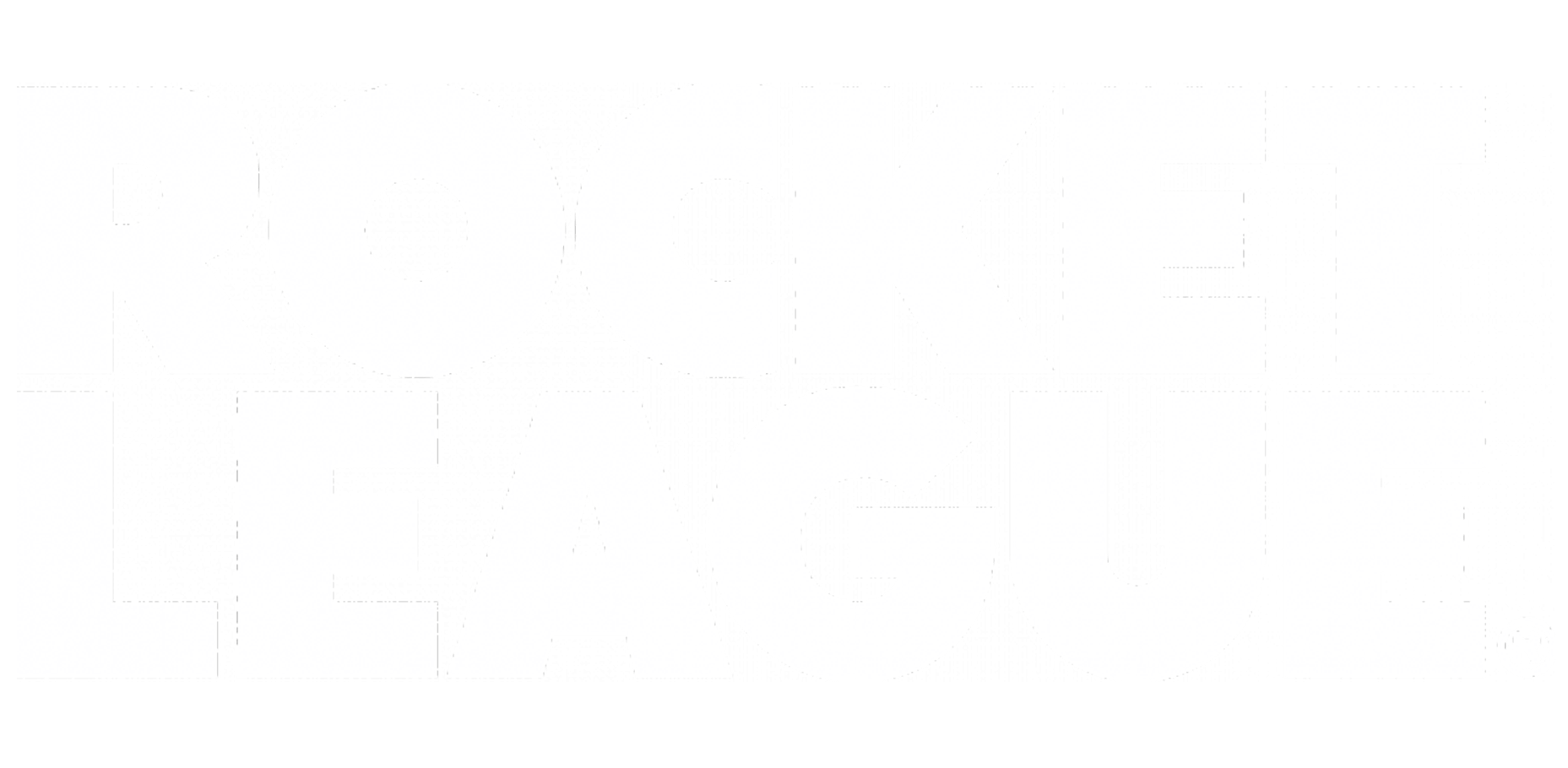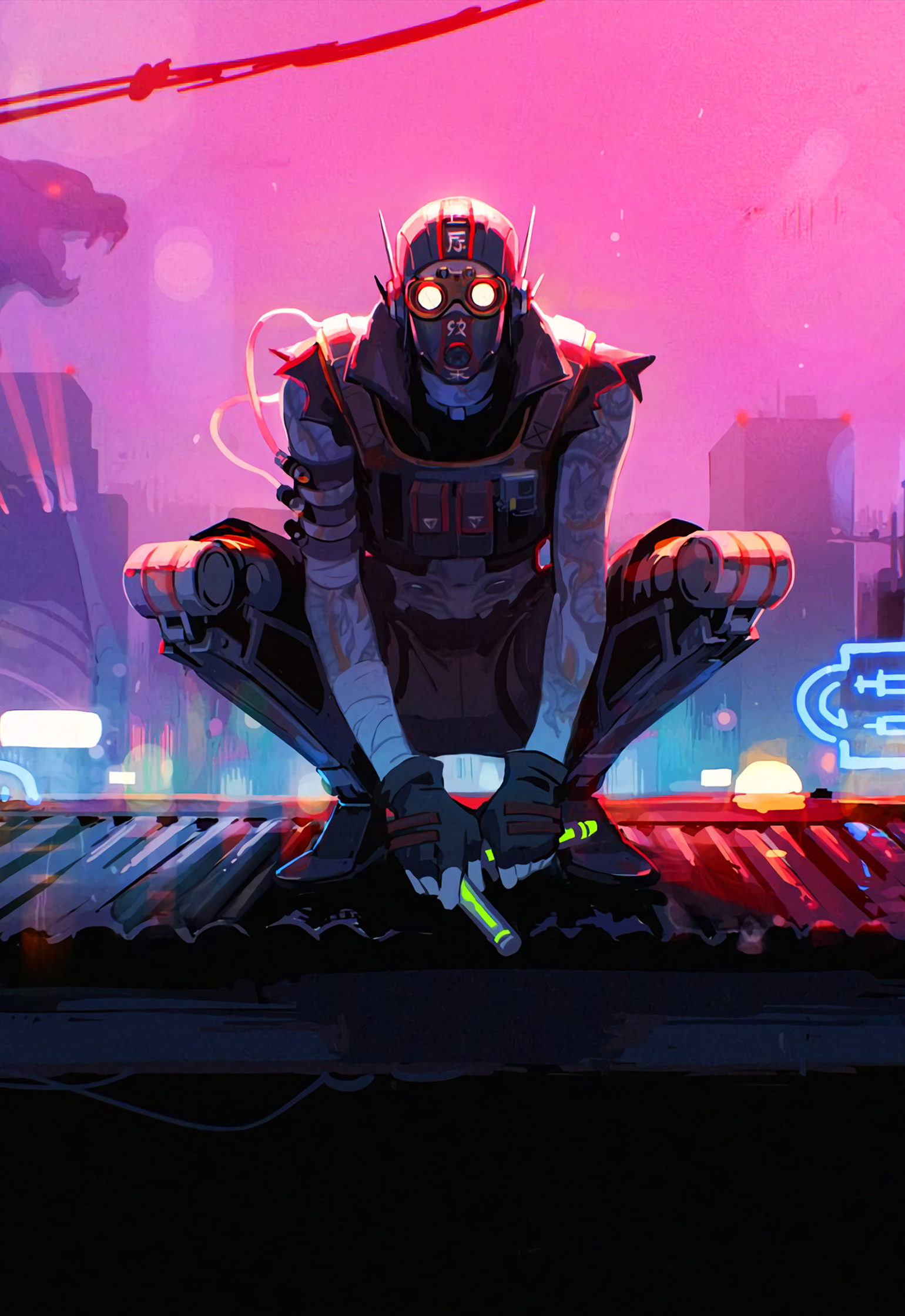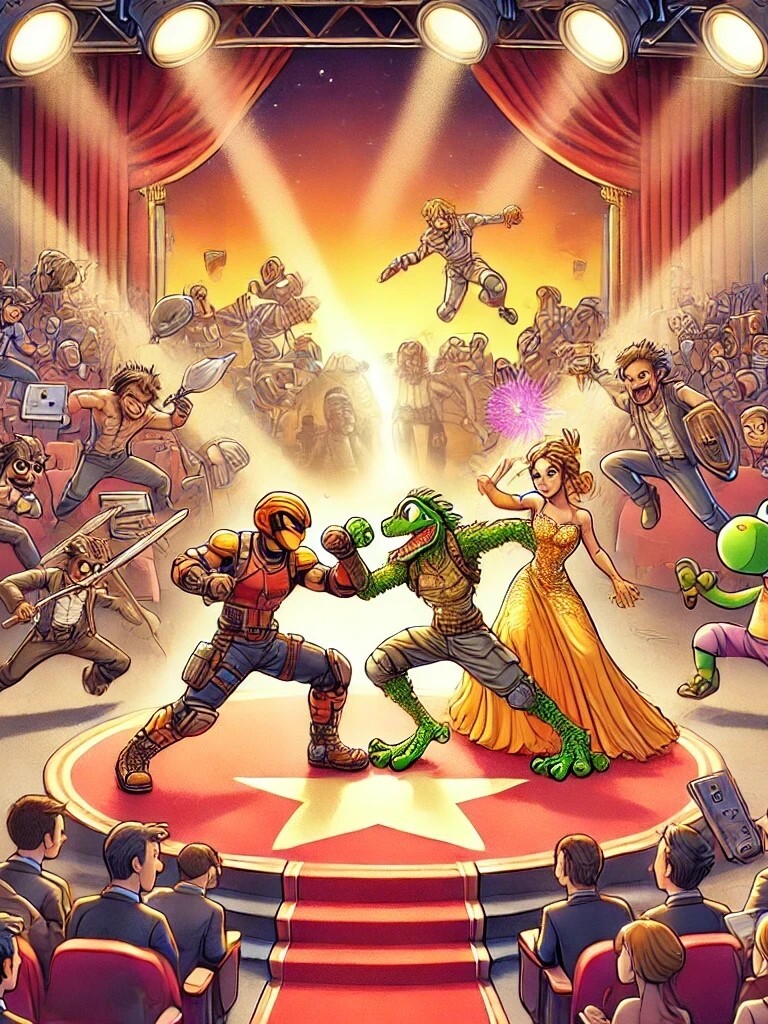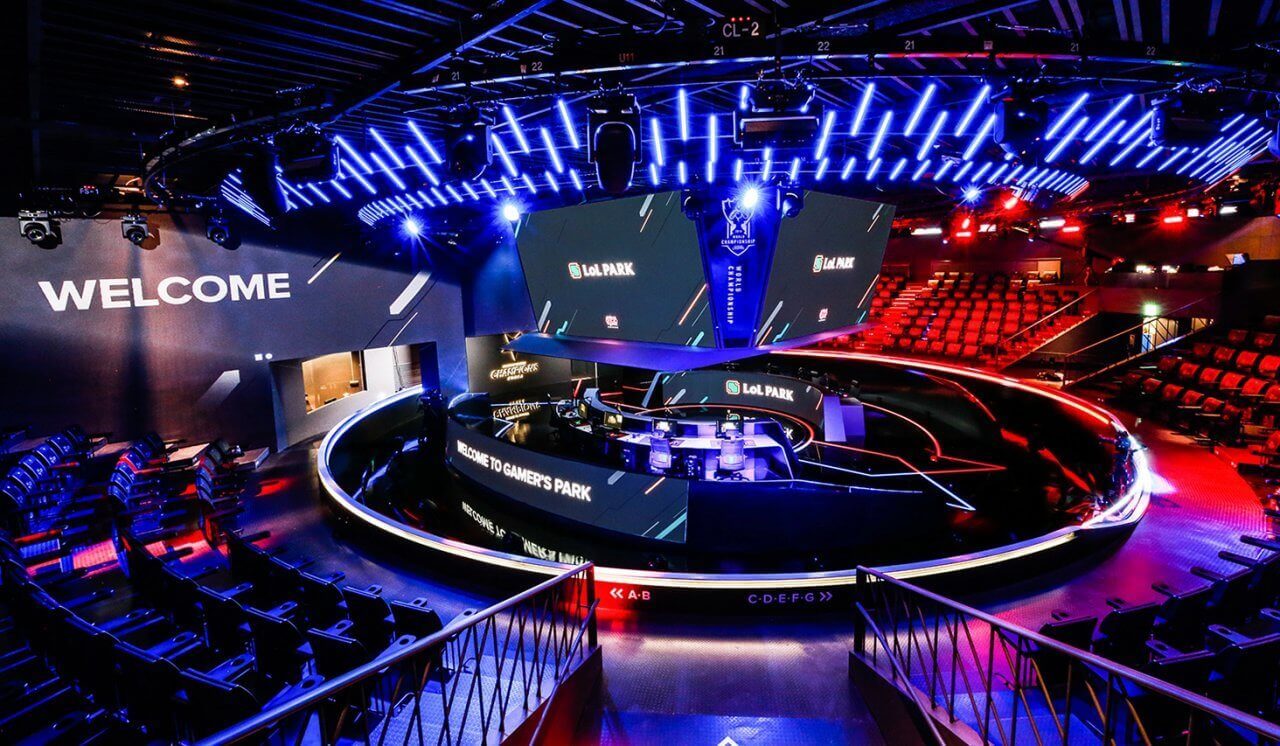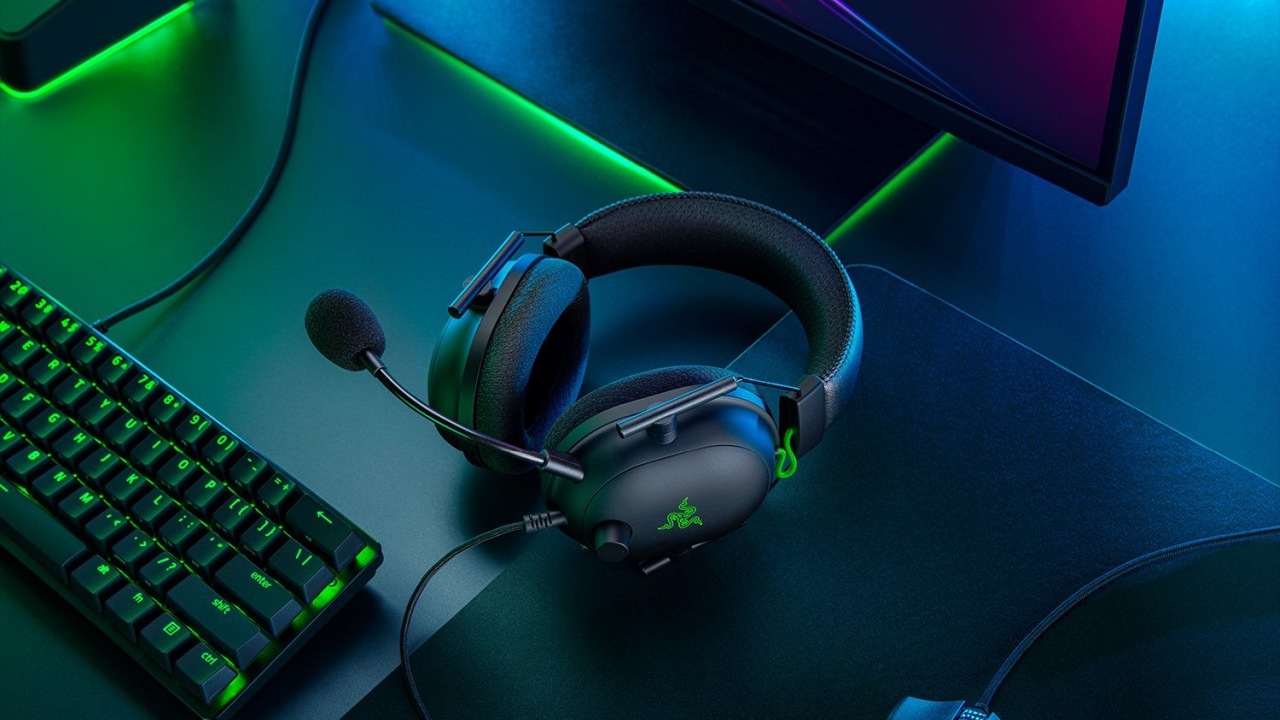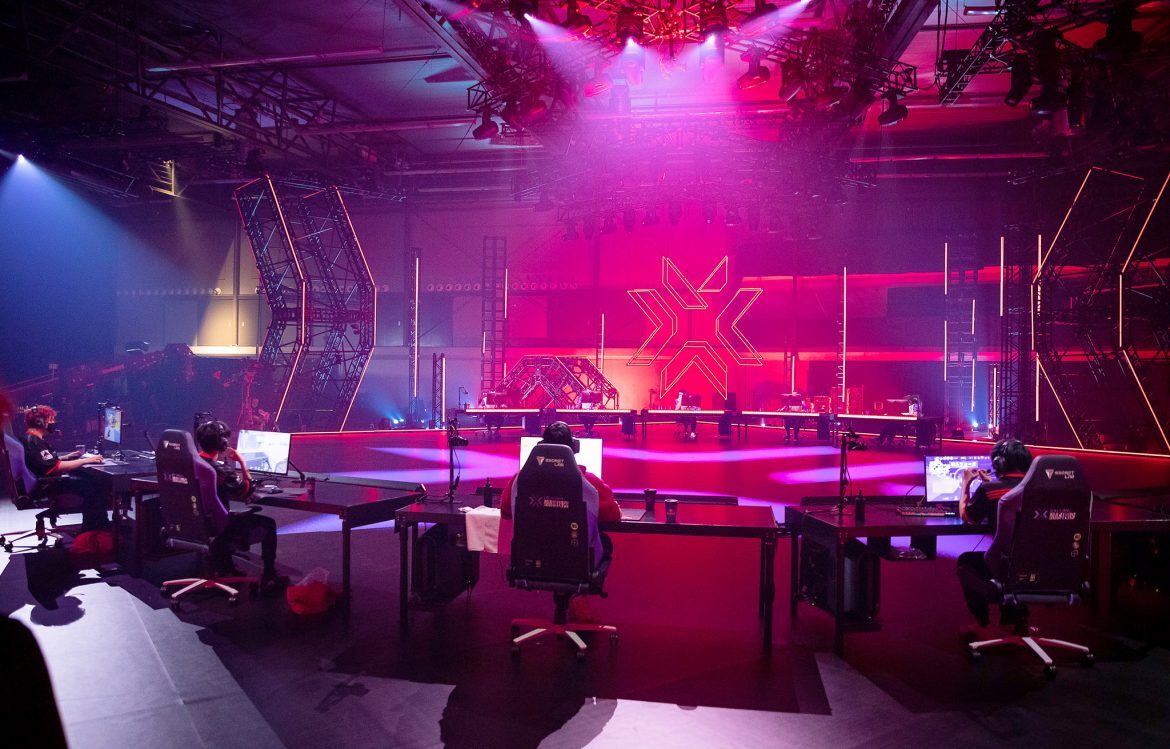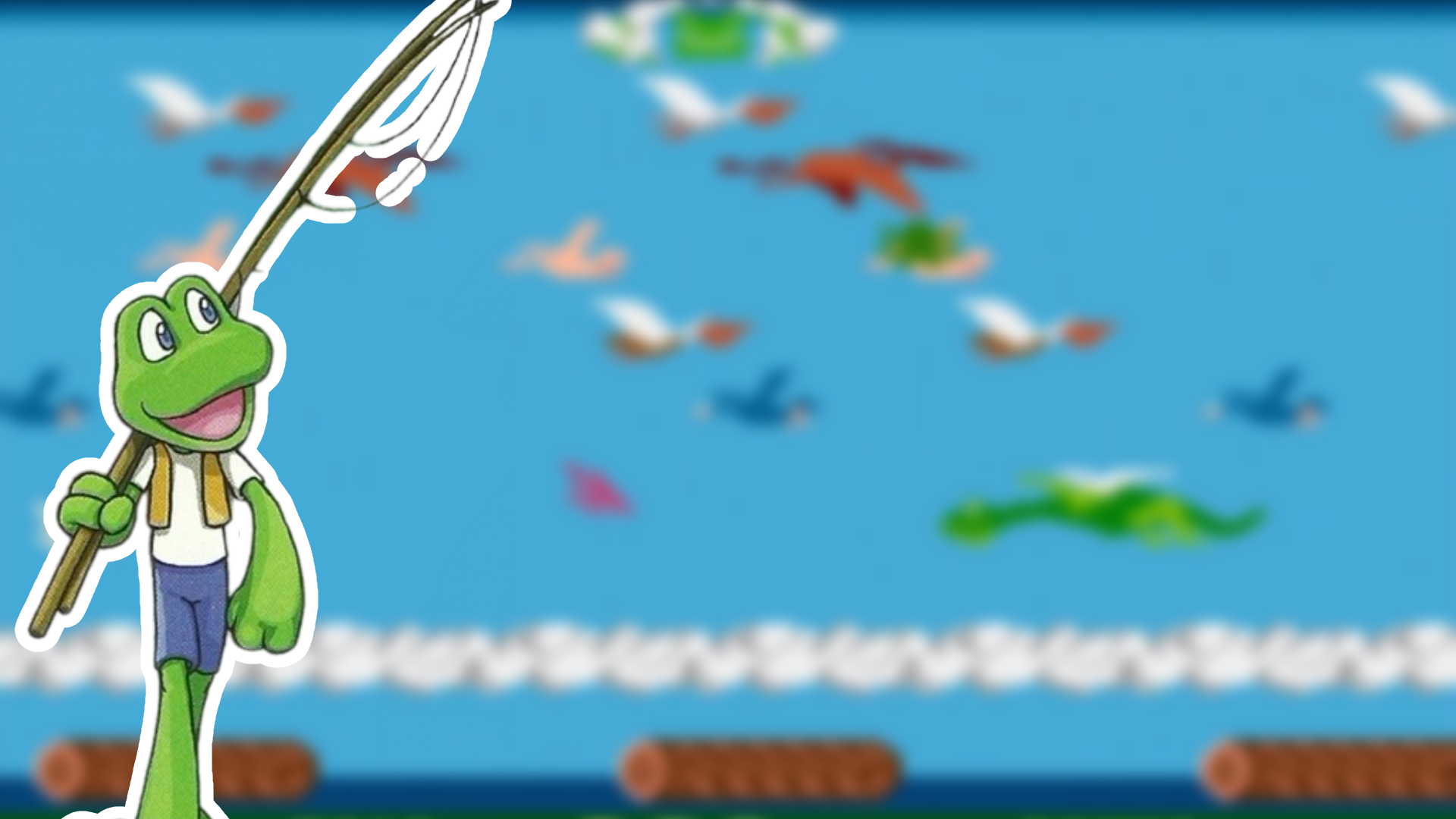Hopping into obscurity.
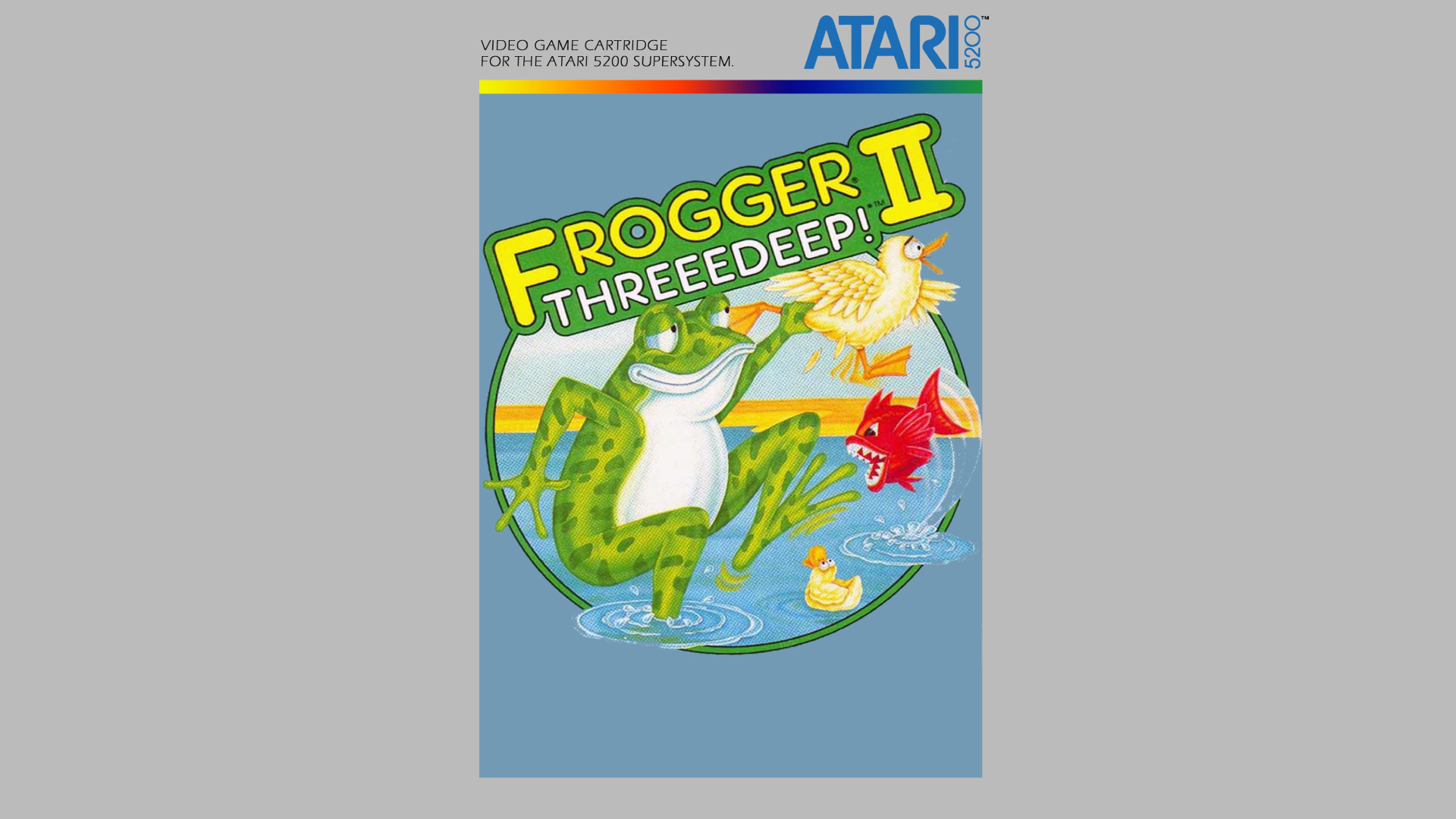
Frogger is a game series so recognizable that even if you've never heard the name, you've likely seen at least some version or knock-off of it.
The simple arcade adventure of a frog trying to reach his berth by maneuvering through traffic, rivers and all sorts of obstacles is known for its appeal transcending demographics and generations, as evident by the success of spiritual successors like Crossy Roads (2014) years later.
But given the veritable sea of Frogger reboots, spin-offs and adjacent titles, it may be somewhat surprising to learn that there was an officially-licensed sequel released in 1984 that has seemingly been swept under the rug since.
A Tadpole Tale

The fact that the original game could become such a hit was really the work of just one person: Elizabeth Falconer, a new market researcher at Sega/Gremlin, was tasked to check the company's library of video presentations to see if there was anything worth licensing, when she stumbled across the fun-sounding pitch by Konami employee Takahide Harima.
By reminding company executives, who initially dismissed Frogger as a "women and kids game", she could convince them to playtest a prototype at a San Diego bar, where it was so successful that distributors instantly agreed to resell the game. While Sega/Gremlin and Konami would later fight about who owned the license to the original release (a lawsuit Konami would win), the publishing rights to Frogger were first further divided.
Sierra On-Line gained the rights to publish ports of the 1981 game to magnetic media like floppy disks, while Parker Brothers got the same for cartridge releases. With the latter company spending millions on advertising and their versions of Frogger (like for the Atari 2600) becoming best-sellers, they would expectedly try to capitalize on their success with a sequel in 1984.
Leaving the Pond
Given the specifications of their IP licensing deal with Sega/Gremlin, Parker Brothers developed and published Frogger II: ThreeeDeep! (1984) exclusively on cartridge-based home systems like the Apple II, Atari 8-bit computers, Atari 2600, Atari 5200, ColecoVision various IBM PCs and the ever-popular Commodore 64.
Like in the first Frogger, the aim is to achieve a high score by repeatedly completing the same stage (by navigating the frogs to their berths) until players' lives run out, with obstacle patterns becoming increasingly complex and difficult each round. In ThreeeDeep! however – as implied by the word "Three" being mimetically spelled with three "e"s – the berths are spread out not only across one screen, but three different ones.
Rather than just having to conquer a streetside river, players have to switch between underwater, water surface and sky settings, each filled with their own obstacles, enemies and helper characters lovingly described in the game's manual. They sport mechanics far more complex than anything present in Frogger before, making the game feel like a true sequel; for example, quoting the manual on "Joe the diving turtle":
"When he gives Frogger a free ride on his back, Frogger is safe from everybody else. Also, when he's with Joe, Frogger can't be hurt by drifting off screen. The two of them will wrap around to the other side."
Trapped Behind The Amphibian Fence
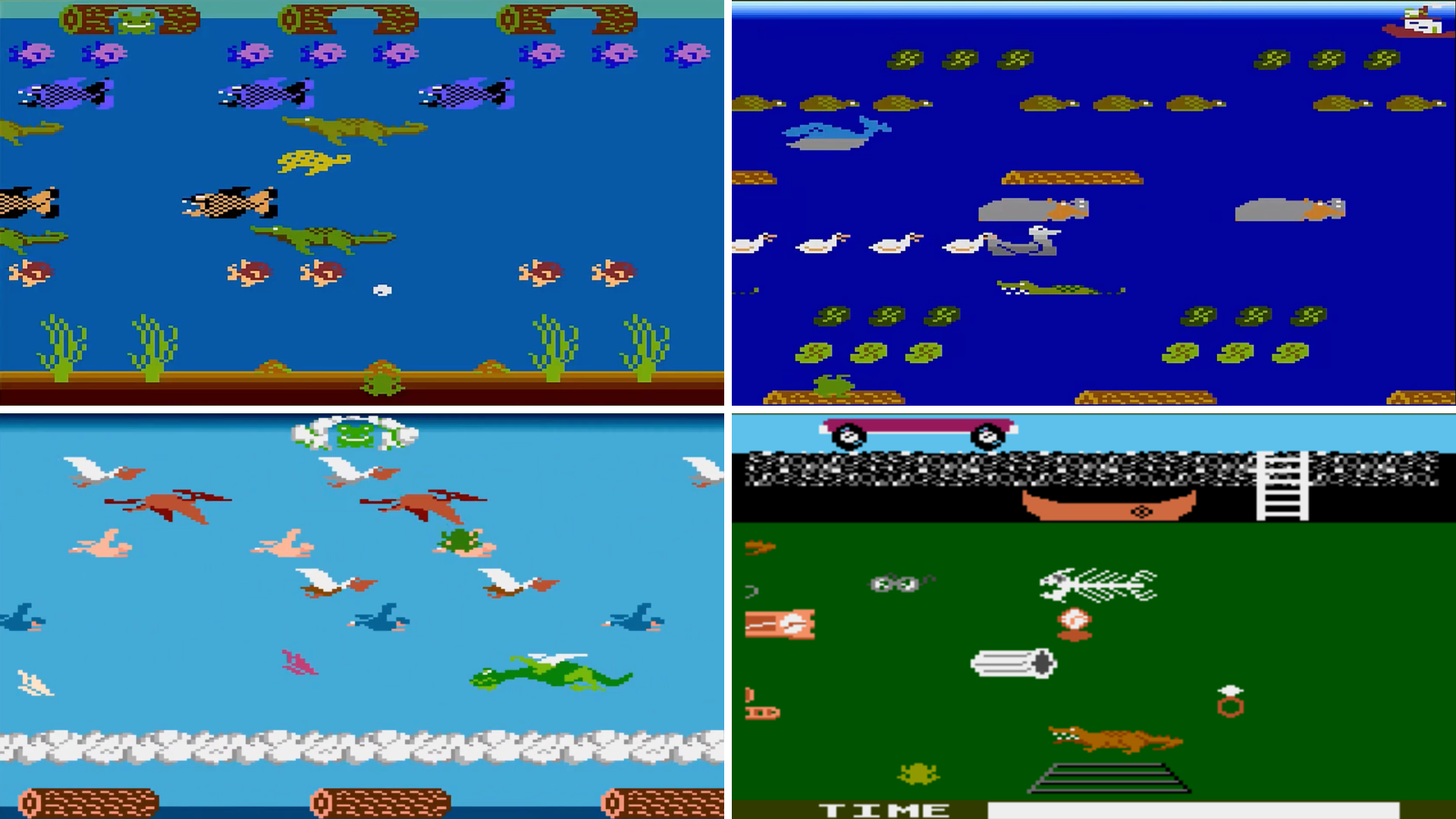
At the time of release, most review outlets considered Frogger II to be an improvement over the original, though retrospective commentators have felt that it overcomplicates the simple premise of the series. But considering that the game was available on just about every Western cartridge-based system you could want at the time of release, what happened that caused the game to be lost now?
It should be noted that Parker Brothers was primarily a toy manufacturer, only entering the video game industry in 1979 with Merlin and exiting it with the video game crash of 1984. Furthermore, while Sega/Gremlin officially licensed their releases, it's doubtful whether the company actually had the right to do so, given that their legal dispute later ended with Konami recognized as the sole owner of Frogger.
Frogger II: ThreeeDeep! suffers from a trifecta of forgotten & neglected sequel problems that prevent any rerelease: A restrospectively rather negative reaction (like Super Mario Bros. Special), a now-defunct studio meaning likely lost source code (like Assassin's Creed: Bloodlines) and legal issues based on the fact that the IP holder wasn't directly involved (like Sonic Pocket Adventure).
Being Dissected
Konami has since effectively disowned the game, producing multiple different Frogger 2s on their own, like Frogger 2: Swampy's Revenge (2000) – a sequel to the 1997 remake of Frogger – and Frogger 2 (2008), which claims to directly follow up on the 1981 arcade game.
Due to how outdated the original hardware has become nowadays, no mods for ThreeeDeep! have been publically released, nor do we have any fangames trying to build off of or replicate the game. The existing product has however been fairly thoroughly documented, with ROMs, manuals and guides all available online.
Fans have even discovered early protoypes, like one for the Atari 5200 that consists of a sewer-themed stage which was entirely cut from the final release. But quite frankly, it's unlikely that Konami is able or willing to acknowledge Frogger II: ThreeeDeep! as part of the famous franchise's legacy, dooming the title to a fate of being abandonware.
